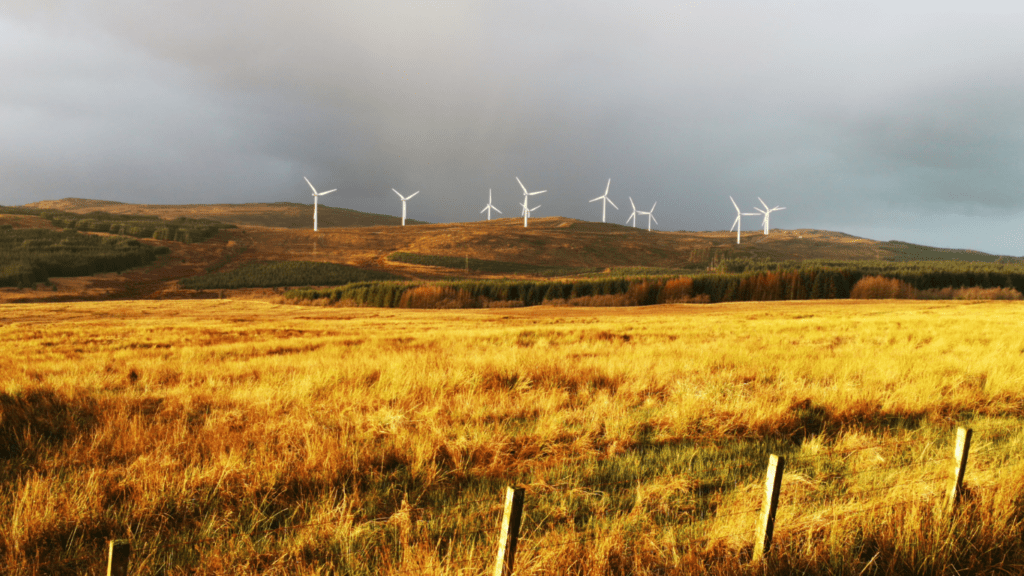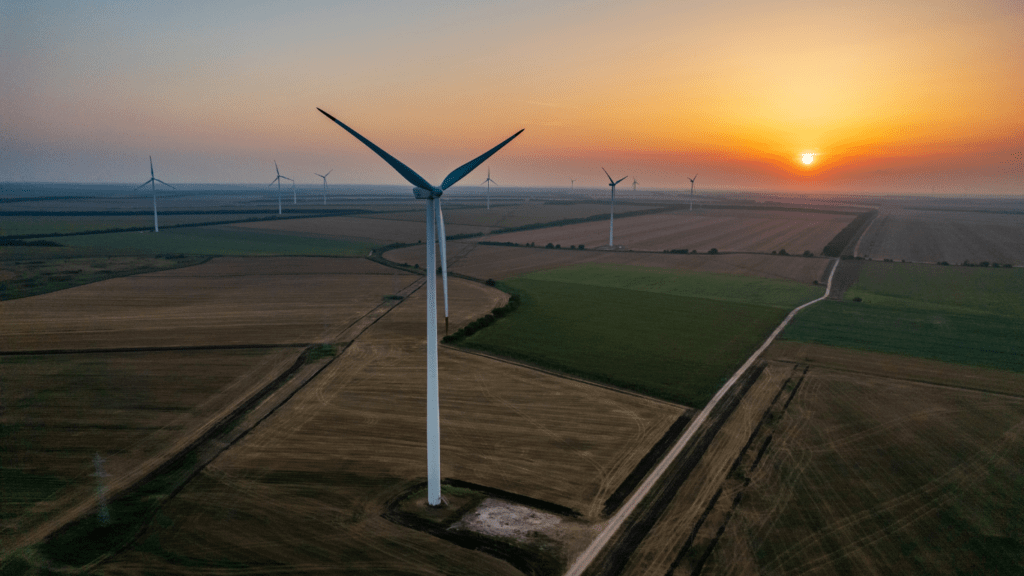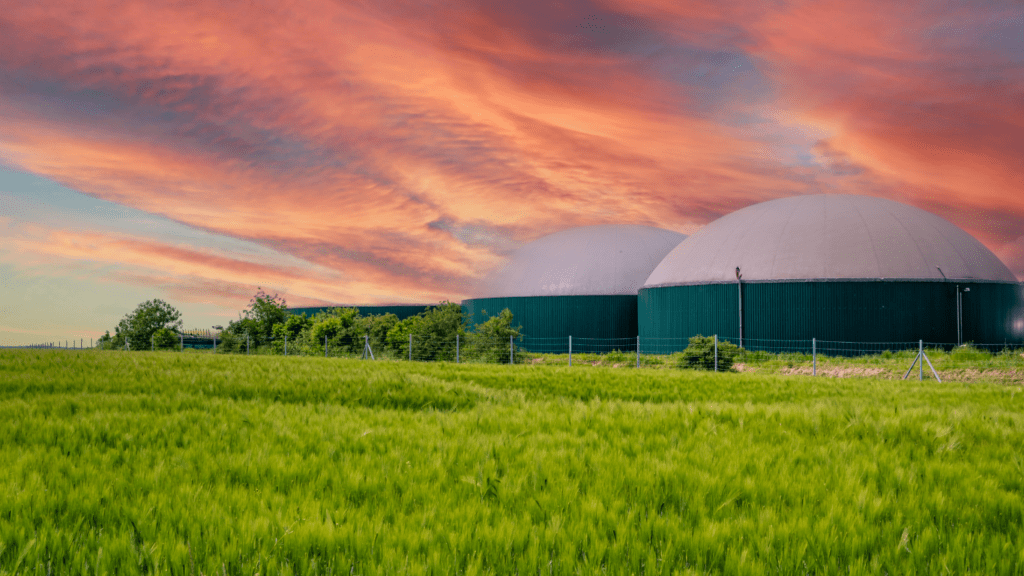Economic Benefits
Wind energy provides significant economic benefits for farmers, enhancing financial stability and property value.
Income from Turbine Leases
Farmers can earn substantial income by leasing land for wind turbines. These leases often generate $3,000 to $10,000 annually per turbine, depending on location and energy production.
For example, a farmer with five turbines on their property could see annual payments ranging from $15,000 to $50,000. This consistent income supplements traditional farming revenues, reducing financial risks associated with crop yield variability.
Increased Property Value
Installing wind turbines can increase the value of agricultural land. Studies show that properties with renewable energy infrastructure often see value increases of 5% to 10%. For instance, a farm valued at $500,000 could potentially appreciate by $25,000 to $50,000. The presence of wind turbines signifies a stable and diversified income stream, making the land more appealing to future buyers and investors.
Environmental Advantages
Wind energy offers numerous environmental benefits for farmers. By leveraging wind energy, farmers contribute to a cleaner, more sustainable environment.
Renewable Energy Source

- Wind energy is a renewable energy source. Wind turbines convert kinetic energy from the wind into electricity without depleting natural resources.
- Unlike fossil fuels, wind is abundant and inexhaustible. Farmers can rely on wind energy to produce power continuously, reducing dependence on non-renewable energy sources.
- According to the U.S. Department of Energy, wind energy accounted for 8.4% of total U.S. utility-scale electricity generation in 2020.
Reduced Carbon Footprint
Using wind energy helps reduce the carbon footprint. Wind turbines generate electricity with zero emissions. This shift to wind energy means farmers can avoid burning fossil fuels and releasing harmful pollutants into the atmosphere.
For every megawatt-hour (MWh) of electricity produced by wind energy, approximately 0.5 to 1 ton of CO2 emissions is avoided, as per the Environmental Protection Agency (EPA). By adopting wind energy, farmers play an essential role in mitigating climate change and promoting a healthier planet.
Improved Energy Independence
Wind energy offers farmers the chance to gain greater energy independence. By reducing dependence on external energy suppliers, farms can become self-sufficient and resilient against energy market fluctuations.
Reduced Reliance on Fossil Fuels
Wind turbines enable farm operations to rely less on fossil fuels. Embracing renewable energy allows farms to cut greenhouse gas emissions. Lower fossil fuel consumption translates to cost savings, reducing expenses over time. Farmers who adopt wind energy storage can ensure a continuous power supply even during grid outages.
Stable Energy Prices
Wind energy provides farmers with stable energy prices. Traditional energy sources often face price volatility, significantly impacting farm operating costs.
By generating their power, farmers protect themselves from rising energy costs. Consistent energy prices allow for better financial planning and resource allocation. As a bonus, surplus energy production can be sold back to the grid, offering an additional revenue stream.
Agricultural Synergies
Wind energy offers numerous synergies in agricultural settings, enhancing both land use and crop production.
Land Use Compatibility
Wind turbines require minimal land space, allowing farmers to continue growing crops or grazing livestock. As a result, the primary agricultural activities remain unaffected while benefiting from the additional income generated by wind energy.
For instance, a typical utility-scale wind turbine occupies less than half an acre and coexists with over 80 acres of farmland. This dual-use model maximizes the productive potential of the land without disrupting existing farming operations.
Pollination Benefits
Wind energy projects can also enhance pollination for surrounding crops. Wind turbines create turbulence in the air, which can help disperse pollen more effectively. Improved pollen distribution benefits crops like:
- alfalfa
- clover
which rely on wind for pollination. This increased efficiency can lead to higher yields and better-quality produce, directly benefiting farmers’ bottom lines.



